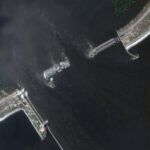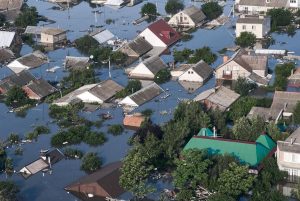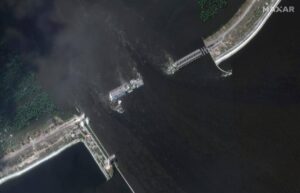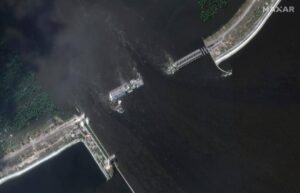It is planned to build an overlap in the Kakhovskyi reservoir
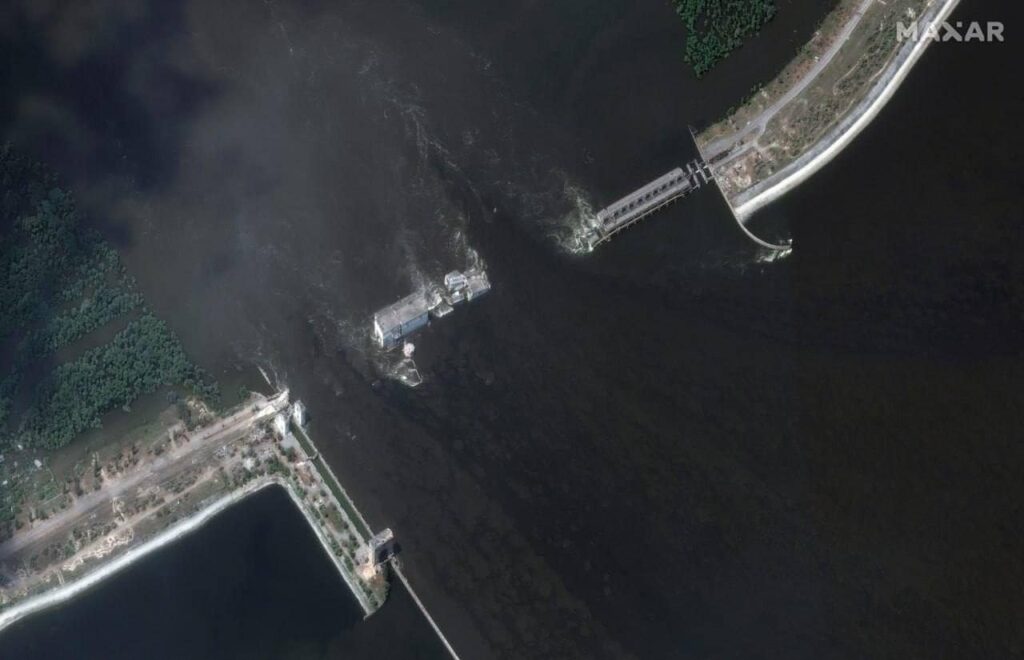
After deoccupation, Ukrhydroenergo plans to build an overlap in the upper part of the Kakhovskyi reservoir.
As of Thursday, June 8, the water in the Kakhovskyi reservoir has dropped to a critical level of 12.70 meters, Ukrhydroenergo reports.
Once the water reaches this mark, water intake above the station will not be possible.
“Today, Ukrhydroenergo and the project institute are working on solutions to eliminate the consequences. And the urgent construction of a bridge (overlay) in the upper part of the reservoir to cover the place where the station was blown up. This will require about two months,” said the General Director of Ukrhydroenergo Ihor Syrota.
After the deoccupation, the company will be ready to immediately make the overlap. Now all needs are determined: equipment, machines, mechanisms, materials and cost.
“Development and construction will be Ukrainian: we have enough strength, capabilities and modern technologies,” Ihor Syrota emphasized.
We will remind you that the Russians blew up the Kakhovska HPP on the night of June 6, Russian mass media began to spread a fake that the station was allegedly destroyed by the Ukrainian military with a missile strike.
At the same time, Ukrhydroprojekt explained why the Russians’ version of the dam being blown up is false.
First, the Kakhovska HPP was designed and built so that the station could withstand a nuclear strike from the outside.
“Most likely, the dam itself and the HPP building, where hydro units are installed to generate electricity, were mined from the inside. The fact that the HPP building itself was blown up indicates that the Russians wanted to destroy the entire HPP as an energy facility in general. It is realistic to rebuild the hydroelectric power plant. This issue will be addressed after the deoccupation of the territories,” Ukrhydroproject explained.
As previously reported by USM, the NSDC claims that Russian forces deliberately blew up the Kakhovska HPP on instructions from the Kremlin. The explosive device was laid back in September-October 2022.
